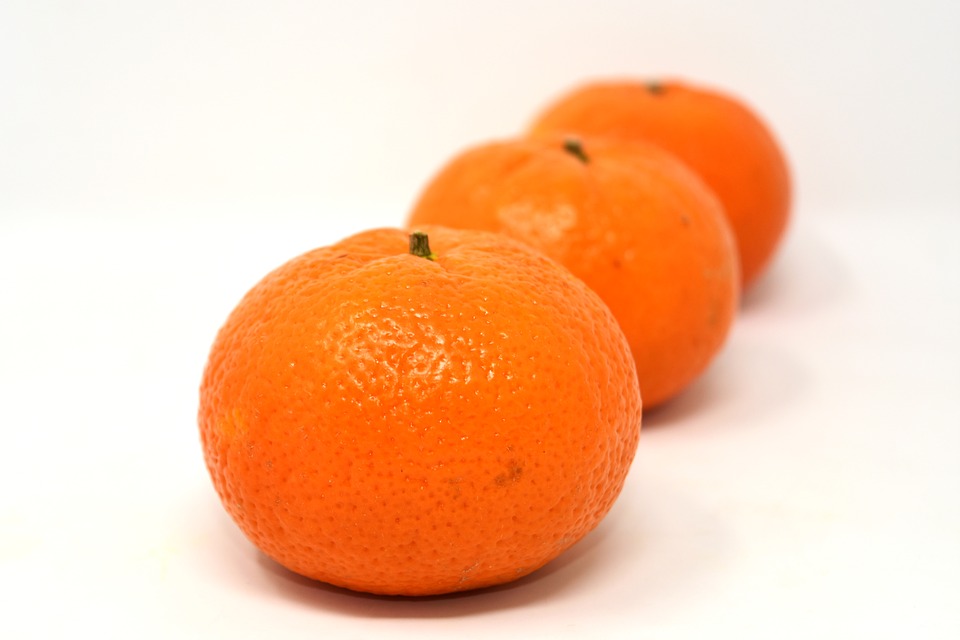The tangerine is an orange colored citrus fruit that’s closely related to, or possibly a type of, mandarines. The name was first used for fruit that came from Tangier, Morocco, which described it as a mandarin variety. Take a look below for 23 more interesting and fascinating facts about tangerines.
1. Under the Tanaka classification system, tangerines are considered a separate species for mandarines.
2. Under the Swingle system, tangerines are considered to be a group of mandarine varieties.
3. The term “tangerine” is currently applied to any reddish-orange mandarine, and in some jurisdiction, mandarin-like hybrids, including some tangors, but the term “tangerine” doesn’t yet have a genetic meaning.
4. Tangerines are smaller and less rounded that common oranges. They taste is considered less sour, as well as sweeter and stronger than that of an orange.
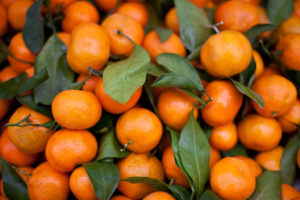
5. A ripe tangerine is first to slightly soft, heavy for its size and pebbly-skinned with no deep grooves, as well as orange in color.
6. The peel of a tangerine is very thin, with very little bitter white mesocarp, which makes them usually easier to peel and split into segments.
7. The peak tangerine season lasts from autumn to spring.
8. While tangerines are most commonly peeled and eaten out of hand, they’re also used in salads, desserts and main dishes.
9. Tangerine peels are used fresh or dried as a spice or zest for baking and drinks, and eaten coated in chocolate.
10. Fresh tangerine juice and frozen juice concentrate is commonly sold in the United States.
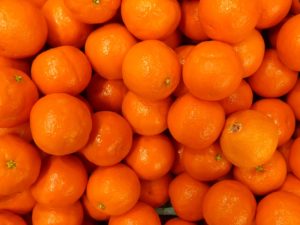
11. Tangerines were first grown and cultivated as a distinct crop in the Americas by a Major Atway in Palatka, Florida. Atway was said to have imported the fruits from Tangiers, Morocco.
12. Major Atway sold his groves to N.H. Moragne in 1843, giving the Moragne tangerine the other part of its name.
13. The Moragne tangerine produced a seedling which became one of the oldest and most popular American varieties, the Dancy tangerine.
14. Until the 1970s, the Dancy tangerine was the most widely grown tangerine in the United States. The popularity of the fruit led to the term “tangerine” being broadly applied as a marketing name.
15. The state of Florida classified tangerine-like hybrid fruits as tangerines for the purposes of sale and regulation, however, this classification is widely used but regarded as technically inaccurate in the industry.
16. While the name for tangerines comes from Tangier, Morocco, tangerines themselves are believed to have been first cultivated in China and Japan over 3,000 years ago.
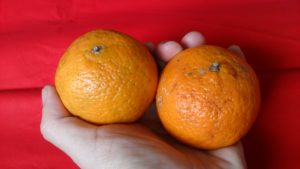
17. Tangerines arrived in Europe in the early 19th century and to North America by the middle of the century.
18. Florida is the biggest producer of tangerines in the United States.
19. Tangerines are susceptible to Alternaria alternata, a diseases that causes brown spots. Alternaria was first reported in 1903 on Emperor mandarins in Australia and began affecting Florida citrus groves in the 1970s.
20. There are several varieties of tangerines in wide production today. These include the Honey tangerine, the Sunburst tangerine, the Robinson tangerine, the Fallglo tangerine, and the Fairchild tangerine.
21. One medium tangerine has about 37 calories and provide 31% of the recommended daily amount of vitamin C.
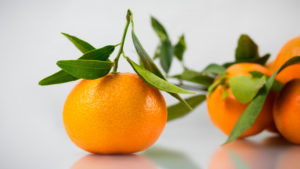
22. According to the Oxford English Dictionary, the word “tangerine” was originally an adjective meaning, “Of or pertaining to, or native of Tangier, a seaport in Morocco, on the Straight of Gibraltar.”
23. Tangerine oil, like all citrus oils, has limonene as its major constituent, but also alpha-pinene, myrcene, gamma-terpinene, citronellal, linalool, neral, neryl acetate, geranyl acetate, geraniol, thymol, and carvone.

